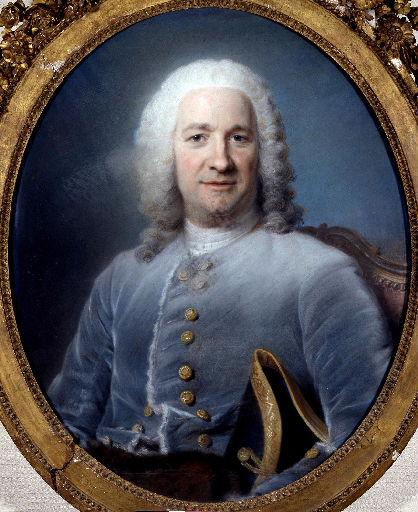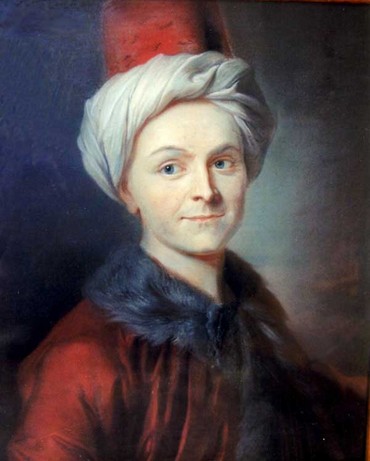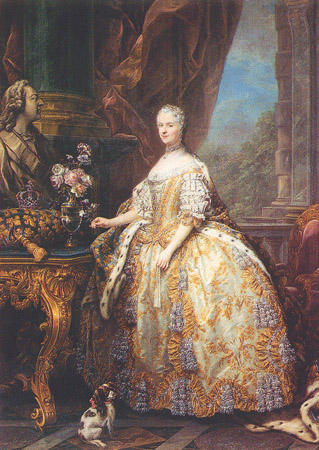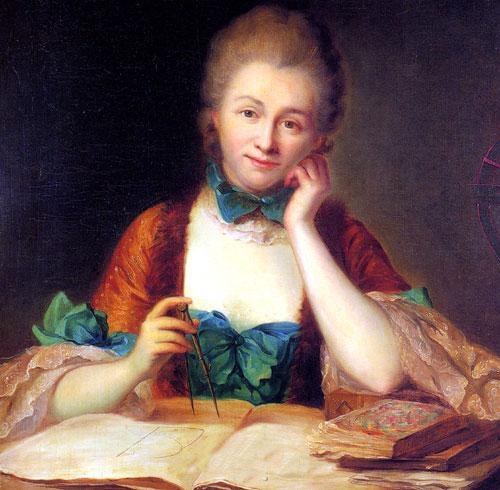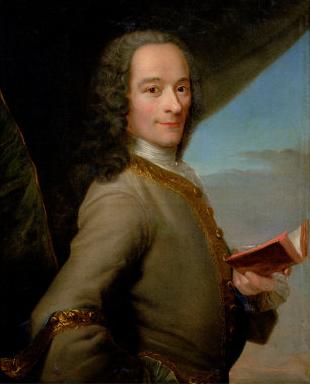<Back to Index>
- Painter François Boucher, 1703
- Painter Maurice Quentin de La Tour, 1704
PAGE SPONSOR
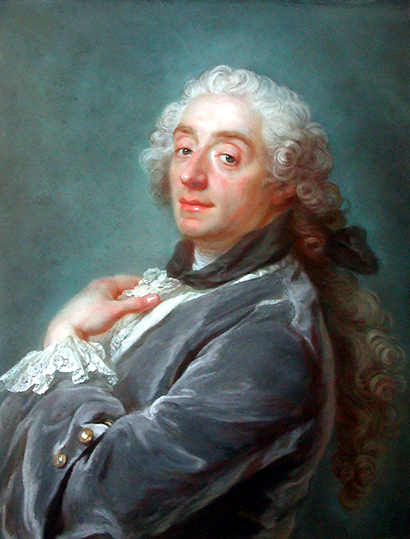
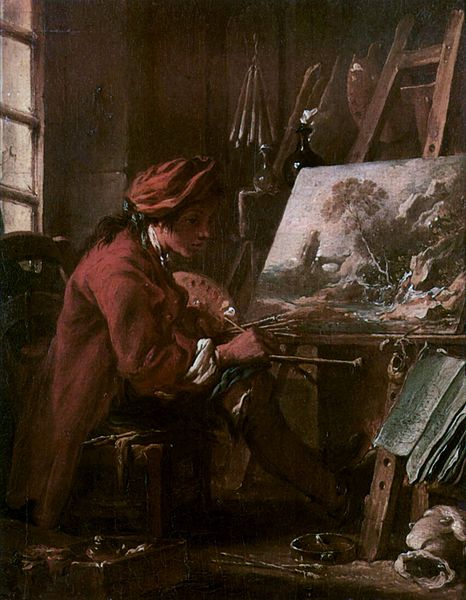
François Boucher (29 September 1703 – 30 May 1770) was a French painter, a proponent of Rococo taste, known for his idyllic and voluptuous paintings on classical themes, decorative allegories representing the arts or pastoral occupations, intended as a sort of two - dimensional furniture. He also painted several portraits of his illustrious patroness, Madame de Pompadour.
Born in Paris, the son of a lace designer Nicolas Boucher, François Boucher was perhaps the most celebrated decorative artist of the 18th century, with most of his work reflecting the Rococo style. At the young age of 17, Boucher was apprenticed by his father to François Lemoyne, but after only three months he went to work for the engraver Jean - François Cars. Within three years Boucher had already won the elite Grand Prix de Rome, although he did not take up the consequential opportunity to study in Italy until four years later. On his return from studying in Italy in 1731, he was admitted to the Académie de peinture et de sculpture as a historical painter, and became a faculty member in 1734.
His career accelerated from this point, as he advanced from professor to Rector of the Academy, becoming head of the Royal Gobelins Manufactory in 1755 and finally Premier Peintre du Roi (First Painter of the King) in 1765.
Reflecting inspiration gained from the artists Watteau and Rubens, Boucher's early work celebrates the idyllic and tranquil, portraying nature and landscape with great élan. However, his art typically forgoes traditional rural innocence to portray scenes with a definitive style of eroticism, and his mythological scenes are passionate and intimately amorous rather than traditionally epic. Marquise de Pompadour (mistress of King Louis XV), whose name became synonymous with Rococo art, was a great fan of Boucher's, and had the painter under her protection: it is particularly in his portraits of her that this style is clearly exemplified.
Paintings such as The Breakfast of 1739, a family scene, also show Boucher as a master of the genre scene, as he regularly used his own wife and family as models. These intimate family scenes are, however, in contrast to the 'licentious' style, as seen in his Odalisque portraits. The dark haired version of the Odalisque portraits prompted claims by Diderot that Boucher was "prostituting his own wife", and the Blonde Odalisque was a portrait that illustrated the extramarital relationships of the King. Boucher gained lasting notoriety through such private commissions for wealthy collectors and, after the ever moral Diderot expressed his disapproval, his reputation came under increasing critical attack during the last of his creative years.
Along with his painting, Boucher also designed theater costumes and sets, and the ardent intrigues of the comic operas of Favart (1710 – 1792) closely parallel his own style of painting. Tapestry design was also a concern. For the Beauvais tapestry workshops he first designed a series of Fêtes italiennes ("Italian festivals") in 1736, which proved to be very successful and often rewoven over the years, and then, commissioned in 1737, a suite of the story of Cupid and Psyche. During two decades' involvement with the Beauvais tapestry workshops Boucher produced designs for six series of hangings in all. Only his appointment in 1755 as director of the rival Gobelins terminated the association. He was also called upon for designs for court festivities organized by that section of the King's household called the Menus - Plaisirs du Roi and for the opera and for royal châteaux Versailles, Fontainebleau and Choisy. His designs for all of the aforementioned augmented his earlier reputation, resulting in many engravings from his work and even reproduction of his designs on porcelain and biscuit - ware at the Vincennes and Sèvres factories.
The neoclassicist Jacques - Louis David began his painting instruction under Boucher.
Boucher is famous for saying that nature is "trop verte et mal éclairée" (too green and badly lit).
Francois Boucher died on 30 May 1770 in Paris. His name, along with that of his patron Madame de Pompadour, had become synonymous with the French Rococo style, leading the Goncourt brothers to write: "Boucher is one of those men who represent the taste of a century, who express, personify and embody it."
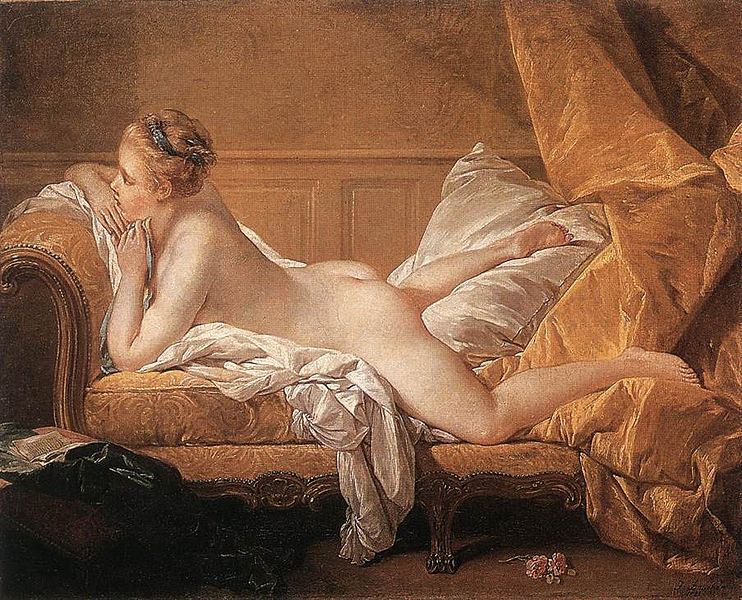
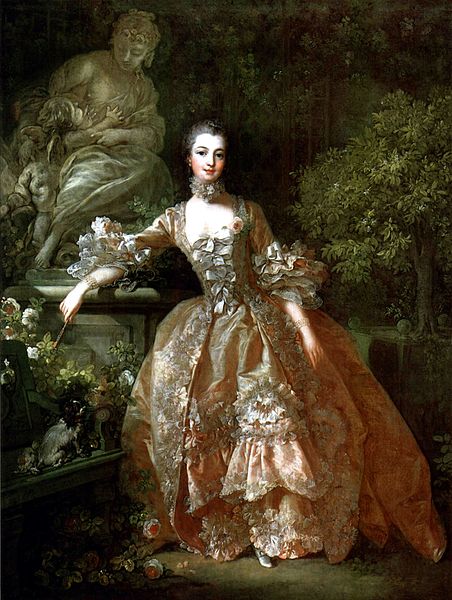
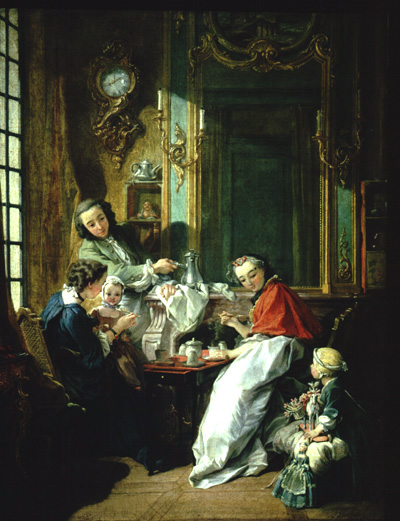
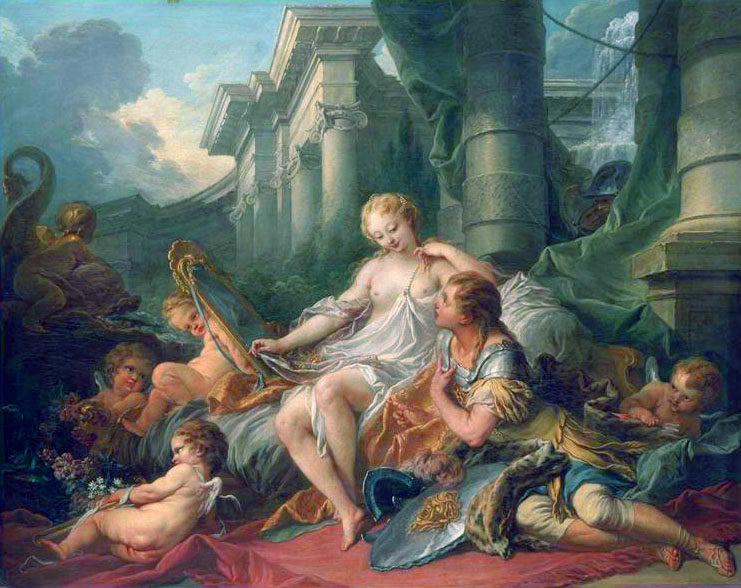
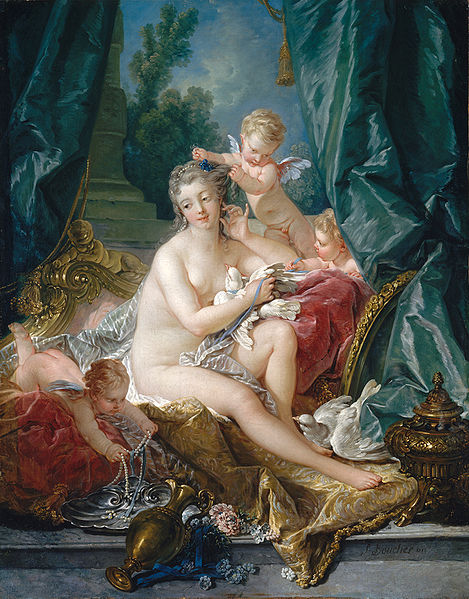
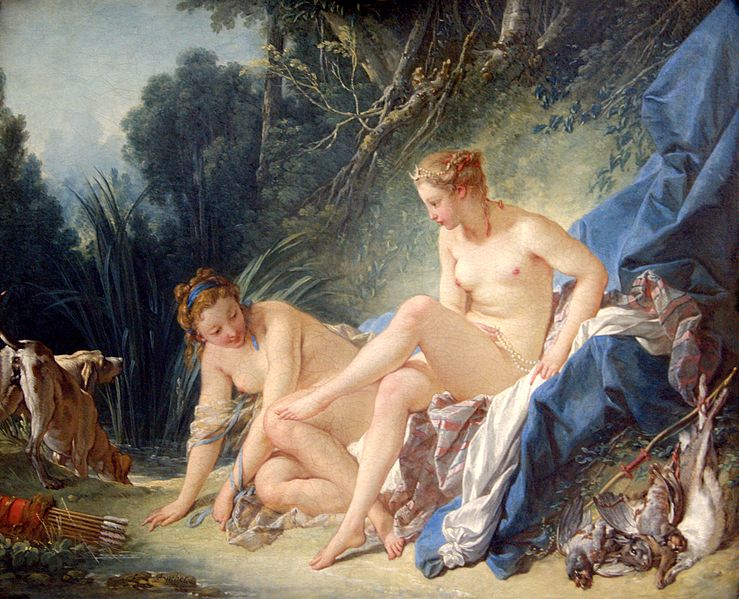
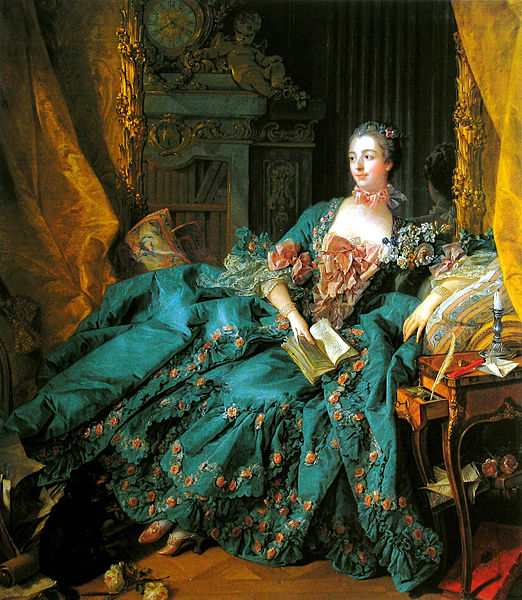
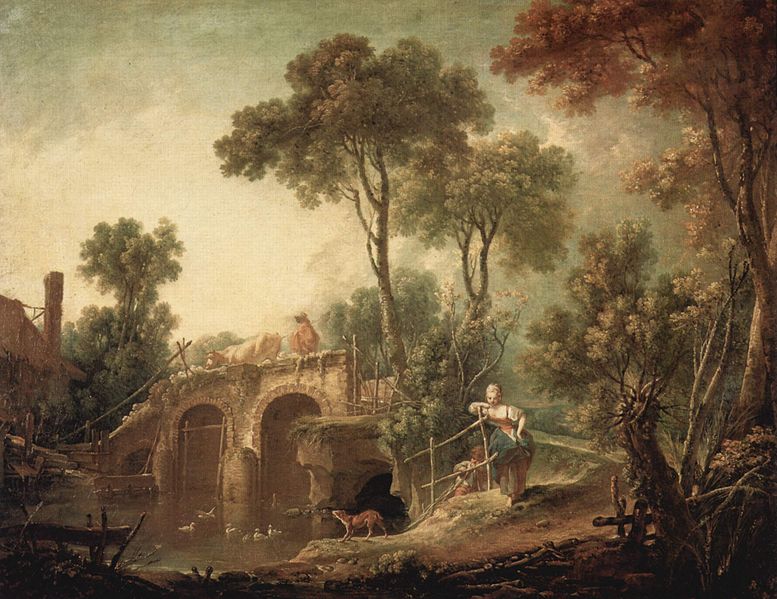
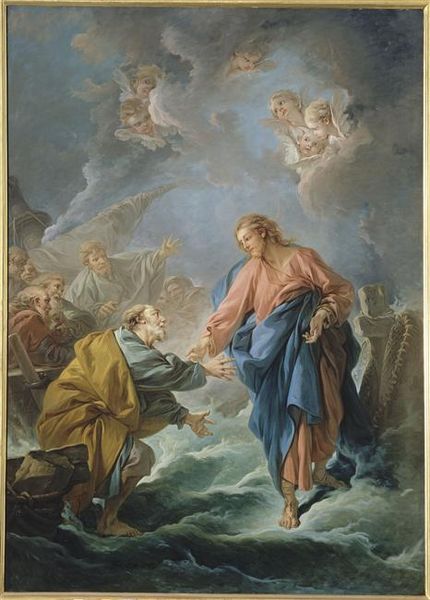
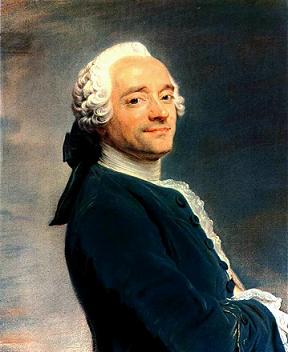
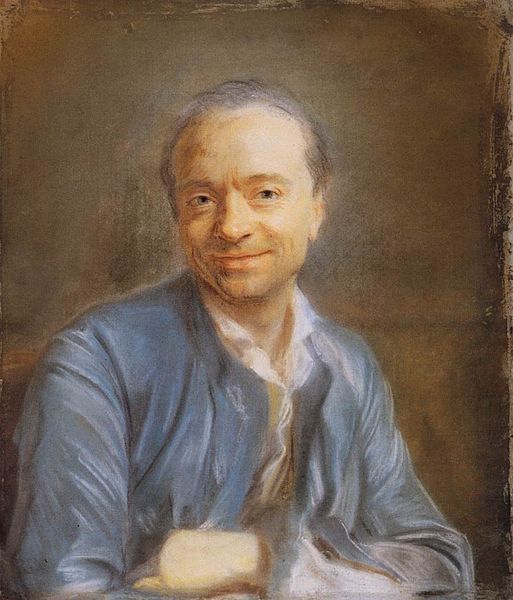
Maurice Quentin de La Tour (5 September 1704 – 17 February 1788) was a French Rococo portraitist who worked primarily with pastels. Among his most famous subjects were Voltaire, Rousseau, Louis XV and Madame de Pompadour.
He was born in Saint - Quentin, Aisne, the son of a musician who disapproved of his taking up painting. At the age of fifteen La Tour went to Paris, where he entered the studio of the Flemish painter Jacques Spoede. He then went to Rheims in 1724 and to England in 1725, returning to Paris to resume his studies around 1727. After his return to Paris, he began working with pastels.
In 1737 La Tour exhibited the first of a splendid series of 150 portraits that served as one of the glories of the Paris Salon for the next 37 years. Endowing his sitters with a distinctive charm and intelligence, he excelled at capturing the delicate play of their features.
In 1746 La Tour was received into the Académie de peinture et de sculpture and in 1751 was promoted to councillor. He was made portraitist to the king in 1750 and held this position until 1773, when he suffered a nervous breakdown. For a time the painter Joseph Ducreux was his only student. La Tour founded an art school and became a philanthropist before being confined to his home because of mental illness. He retired at the age of 80 to Saint - Quentin and died at the age of 83.
